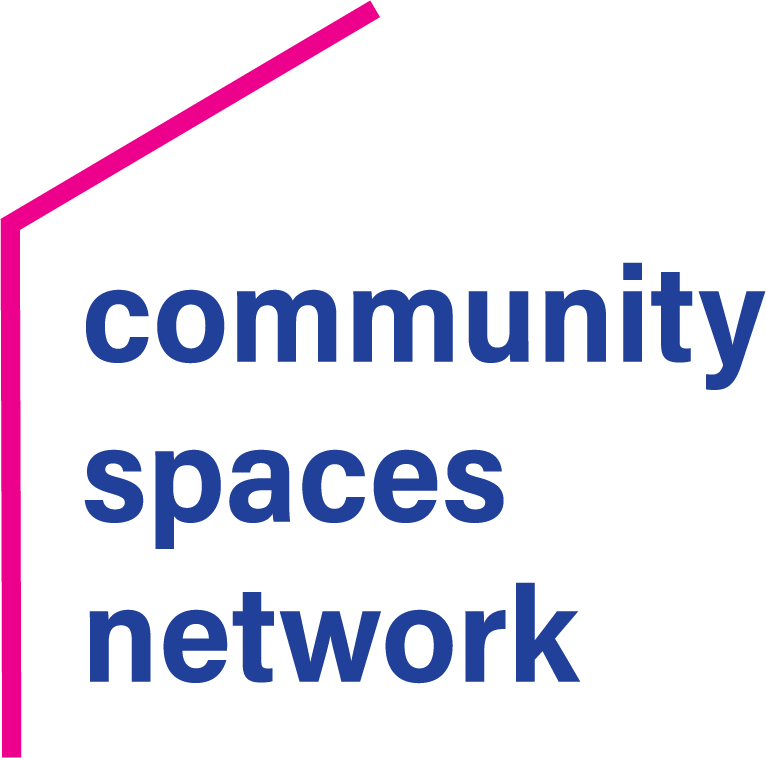There’s a strange phenomenon that occurs at The Alliance Center; A certain antigravity migration of forks.
Allow me to begin with a description of The Alliance Center. There is one main kitchen on the 1st floor, and smaller kitchenettes on each of the 4 upper floors. The 1st floor kitchen is quite large with 3 large refrigerators, 1 large freezer, 4 microwaves, a toaster, shelf and drawer space the multitudes of communal dishes and silverware, a big sink and lots of counterpace… it is the mothership. The 4 upper floor satellite kitchenettes only have a sink, a mini-fridge and minimal storage space. Out of the 200 individuals that work at The Alliance Center, only 25 office on the first floor. The rest of the 175 work on one of the upper floors.
Enter THE PROBLEM: Everyone likes to prepare their lunch in the 1st floor mothership kitchen, but eat on their floor and wash their dishes in their satellite kitchen.
Let’s say you work on the 4th floor. As you come in to work, you drop off your lunch in the 1st floor refrigerator and head to your desk upstairs. Noon rolls around, you’re starving, so you come downstairs to heat it up your lunch in the microwave. You grab a communal fork and head back upstairs to enjoy the grub on the 4th floor. The 4th floor kitchenette is conveniently located right around the corner from where you finish eating, so you wash that fork there and stash in it the cabinet.
Every time one of the 175 upper floor individuals does this, they are carrying dishes upstairs when they eat lunch. It is a positive feedback loop that causes dishes to accumulate on the tiny upper floor kitchenettes. ESPECIALLY FORKS! When the fork drawer the first floor is empty, and the upper floors are overflowing with dishes, that’s my cue to reverse the migration. Here’s what I typically bring back down to the first floor:
This is not sustainable! In April, I asked the tenants to help. And I decided to have some fun with it.
Meet the Fork Forage.

We have a very food-motivated building so I brought in catered lunch from a delicious local Native American restaurant. But here’s the catch; In order to earn their meal ticket, tenants had to bring at least 5 excess dishes from their floor back down to the first floor.
Ultimately, the Fork Forage was a success because I did not have to wheel the cart and collect dishes that week. About 30 individuals attended, which is typical for the turnout we usually get for this type of event. I enlisted the help of a few coworkers to give a ticket to anyone who brought down 5 kitchen items. My coworkers also ensured that tenants properly put away the dishes they brought down. I was stationed at the entrance to the meal collecting tickets. The ticket system worked well because tenants seemed excited about earning their meal.
This event also did a good job highlighting the kitchen problem to The Alliance Center tenants. While it’s not the panacea, it is a step in the right direction toward the behavior change we are seeking. On one hand, if people except a reward for bringing down dishes every time, it won’t lead to everyday reversal of the dish migration. But on the other hand, it is on the tenants radar now, and has the potential to become habit. For example, we had leftover catering from an event that the tenants could eat. Instead of opening it up as a free for all, we asked everyone to bring down dishes if they planned on taking the leftovers. They had already been primed for WHY we were asking them to do it from the Fork Forage. Everyone who came for leftovers that day stepped onto the first floor with an armful of plates and bowls… no questions asked.
As the managers of The Alliance Center, we value collaboration, even when it comes to small things like maintaining our shared kitchens. I’m confident that involving our tenants in this kind of problem solving will create a better sense of community, especially if we are able to make it fun!

